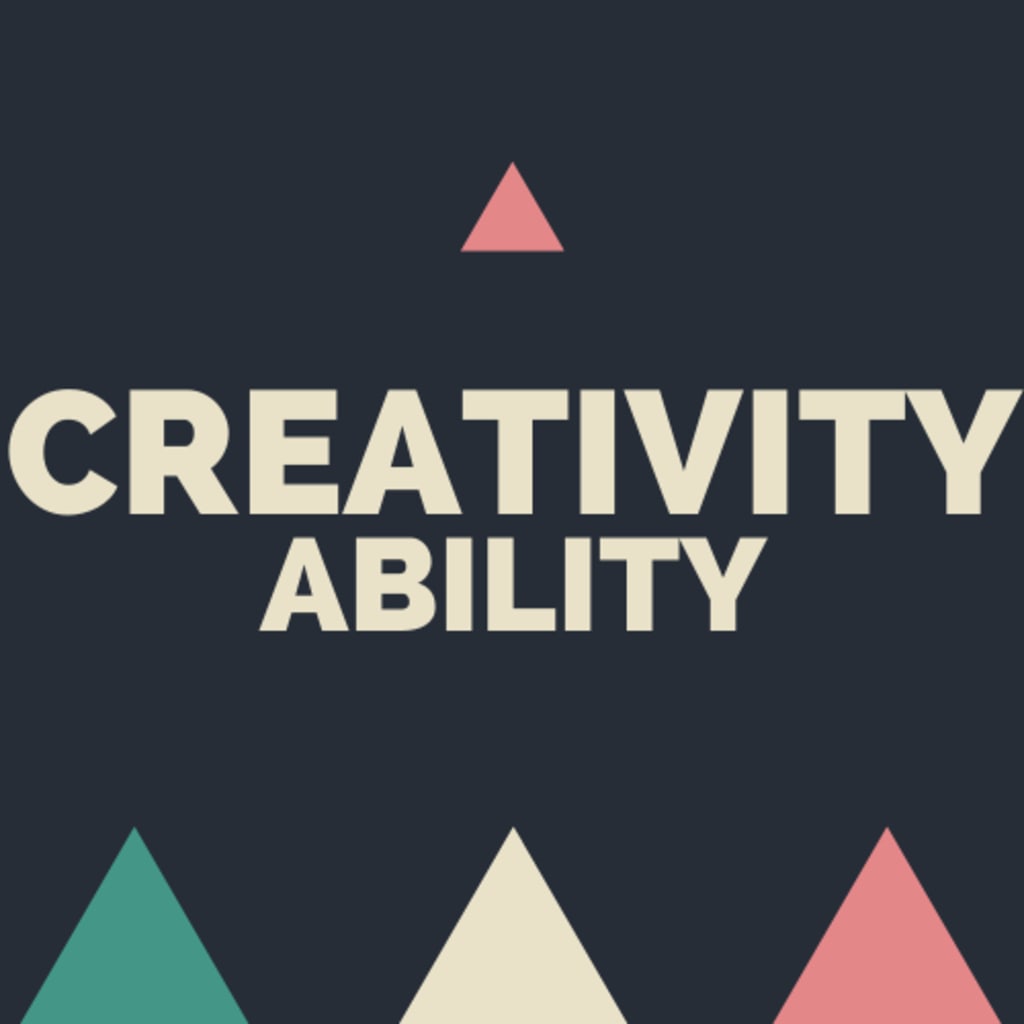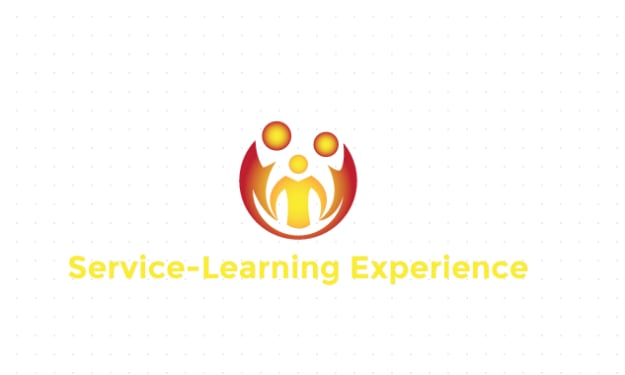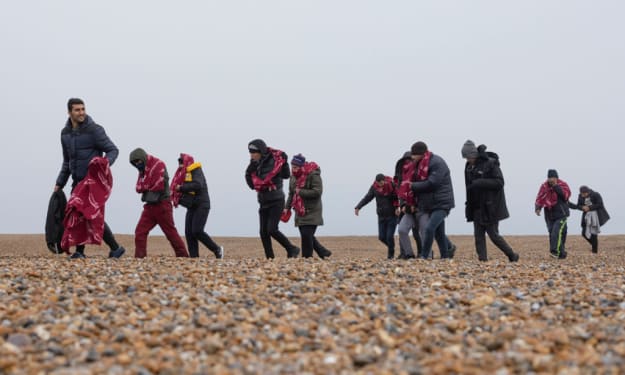Creativity
Creativity is generally defined as the ability to produce novel, appropriate, and useful ideas(Amabile, 1983).

Creativity
Creativity is generally defined as the ability to produce novel, appropriate, and useful ideas (Amabile, 1983). It is about the creation of novel and useful products including ideas as well as concrete objects (Sawyer, 2006; Sternberg & O’Hara, 1999; see also Amabile, 1996) and also about the totality of creative accomplishments (Piffer, 2012) including acts, ideas, or products that change existing domains, or that transforms an existing domain into a new one (Csikszentmihalyi, 1996). Every individual has the potential to become creative as long as he or she effectively utilizes ordinary cognitive processes to produce extraordinary creative outcomes (Finke et al., 1992; Ward, Smith, & Vaid, 1997; Weisberg, 1993).
Gino & Ariely (2011) identified two factors as vital and the main components of creativity: divergent thinking and cognitive flexibility. Since divergent thinking involves thinking without boundaries or outside the box (Thompson, 2008), which could be inspired through the experiences of interacting with different aspects in multi-cultural environments, MCEs could provide chances for the improvement of multi-cultural intelligence (Ang, Rockstuhl, & Tan, 2015). Leung, et al. (2008) also suggested that exposure to manifold cultures' direct and indirect experiences in and of itself can enhance creativity that MCEs positively relate to creativity supporting cognitive processes, which is the recruitment of ideas from unfamiliar cultures for creative idea expansion and retrieval of unconventional knowledge, as well as creative performance, such as creative teaching.
Leung, et al. (2008) has discussed the various ways of how MCEs contribute to creative expansion. First, people learn new ideas, scripts, and concepts from multi-cultural experiences, which can help people to come up with novel combinations (Weisberg, 1999). Second, multicultural living experience allows people to acknowledge that the same form or same surface behavior may have several functions and implications. People would more likely to see the same form or same behavior as having dynamic functions and multiple possible meanings if they have experiences living in foreign countries (Chiu & Hong, 2006; Galinsky, Maddux, & Ku, 2006). More exposure also leads individuals to access unconventional knowledge back in their own cultures. Connective structures can be disrupted amidst culture’s established conventions and conceptions that provide its members with structured responses to the environment as people acquire and attain alternative conceptions through their experiences in other culture particularly in thoughts and behaviors (Leung, et al., 2008). Also, having successfully obtained and applied different ideas from other cultures, individuals with these abundant multi-cultural experience increases in subconscious predisposition to recruit and seek out ideas from distinct sources and use them as facts in the creative process, allowing for continued and sustained exposure to a broad range of new ideas, standards, and practices (Leung, et al., 2008). Foreign cultures may also contain beliefs and values way different from or even in conflict with the others. The process of resolving conflicting ideas lead to the great complexity of cognitive in MCEs (Tadmor & Tetlock, 2006).
Moreover, the individual in varied or diverse environments encodes information in multiple ways, building a myriad of associations between concepts (Nemeth & Kwan, 1987; Simonton, 1999). Creativity is relatively high for individuals who are first or second-generation immigrants than individuals who are ethnically diverse or ethnically marginalized (Lambert, Tucker, & d’Anglejan, 1973; Simonton, 1997). The relationship between MCEs and creativity is particularly strong when people adapt and are open to these new experiences and when the creative context deemphasizes the need for firm answers or mortality concerns (Leung, et al., 2008), implying the relationship could be different from different cultural environment and individuals with different cultural background. This research will reveal the influences of cultures in such relationships.
References
Ang, S., Rockstuhl, T., & Tan, M. L. (2015). Cultural Intelligence and competencies. In International Encyclopedia of Social & Behavioral Sciences (2nd Ed.,Vol. 5). Elsevier. doi:10.1016/B978-0-08-097086-8.25050-2
Amabile, T. M. (1983). The social psychology of creativity: A componential conceptualization. Journal of Personality and Social Psychology, 45, 357-376. doi:10.1037/0022- 3514.45.2.357
Amabile, T. M. (1996). Creativity in context. Boulder, CO: Westview Press.
Chiu, C.-Y., & Hong, Y. (2006). The social psychology of culture. New York: Psychology Press.
Csikszentmihalyi, M. (1996). Creativity: Flow and the psychology of discovery and invention. NY: Harper Perennial.
Finke, R. A., Ward, T. B., & Smith, S. M. (1992). Creative cognition: Theory, research, and applications. Cambridge, MA: MIT Press.
Gino, F. & Ariely, D. (2011). The dark side of creativity: Original thinkers can be more dishonest. Journal of Personality and Social Psychology, 102, 445-459.
Lambert, W. E., Tucker, G. R., & d’Anglejan, A. (1973). Cognitive and attitudinal consequences of bilingual schooling: The St. Lambert project through grade five. Journal of Educational Psychology, 65, 141–159.
Leung, A. K.-Y., Maddux, W. W., Galinsky, A. D., & Chiu, C.-Y. (2008). Multicultural experience enhances creativity: The when and how. American Psychologist, 63(3),169-181.
Maddux, W. W., Leung, A. K.-Y., Chiu, C.-Y., & Galinsky, A. D. (2009). Toward a more complete understand of the link between multicultural experience and creativity. American Psychologist, 64(2), 156-158.
Nemeth, C., & Kwan, J. (1987). Minority influence, divergent thinking and detection of correct solutions. Journal of Applied Social Psychology, 17, 788–799.
Piffer, D. (2012). Can creativity be measured? An attempt to clarify the notion of creativity and general directions for future research. Thinking Skills and Creativity, 258– 264. http://dx.doi.org/10.1016/j.tsc.2012.04.009.
Sawyer, K. (2006). Explaining creativity: The science of human motivation. New York: Oxford University Press.
Simonton, D. K. (1997). Foreign influence and national achievement: The impact of open milieus on Japanese civilization. Journal of Personality and Social Psychology, 72, 86– 94.
Simonton, D. K. (1999). Origins of genius: Darwinian perspectives on creativity. New York: Oxford University Press.
Sternberg, R. J., & O’Hara, L. A. (1999). Creativity and intelligence. In R. J. Sternberg (Ed.), Handbook of creativity (pp. 251–272). New York: Cambridge University Press.
Tadmor, C. T., & Tetlock, P. E. (2006). Biculturalism: A model of the effects of second-culture exposure on integrative complexity. Journal of Cross-Cultural Psychology, 37, 173–190.
Ward, T. B., Smith, S. M., & Vaid, J. (1997). Conceptual structures and processes in creative thought. In T. B. Ward, S. M. Smith, & J. Vaid (Eds.), Creative thought: An investigation of conceptual structures and processes (pp. 1–27). Washington, DC: American Psychological Association.
Weisberg, R. W. (1993). Creativity: Beyond the myth of genius. New York: W. H. Freeman.
About the Creator
Domingo Añasco-Gaces Samontina, Jr.
.Professional Member of the Mechatronics and Robotics Society of the Philippines
.Certified Documented Information Controller with TUV Rheinland Qualifications
.Master of Science in Engineering (on-going) with Professional Teacher Certificate






Comments
There are no comments for this story
Be the first to respond and start the conversation.